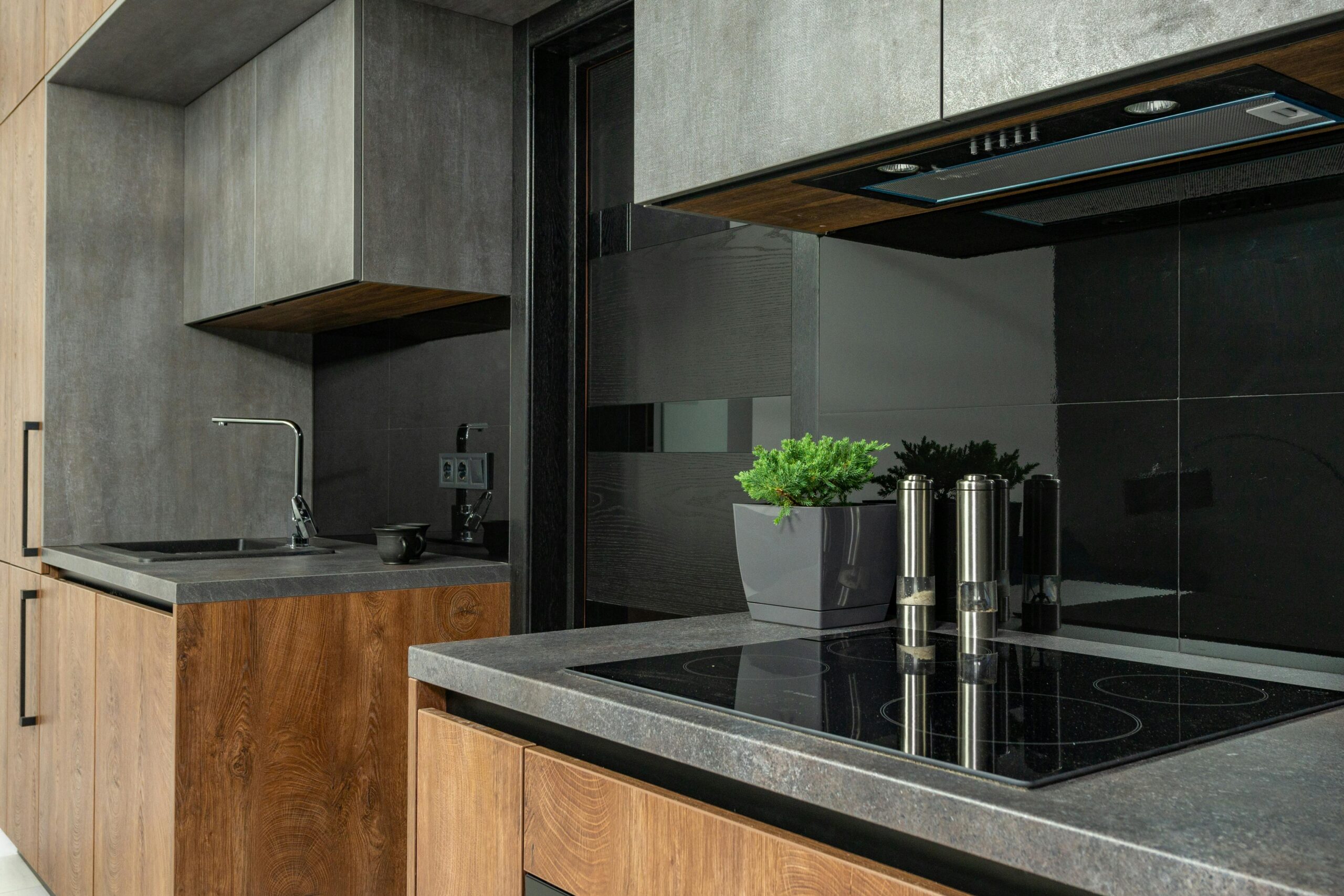What You Need To Know Before CHoosing Your Cooktop
Choosing the right cooktop for your kitchen involves understanding the differences between gas, ceramic, and induction models, as well as the specific installation requirements for each. Proper installation is crucial for safety and performance, and it's essential to match your new cooktop with existing connections to avoid complex modifications.
Types of Cooktops
-
Gas Cooktops: Utilize open flames powered by natural gas or propane, offering immediate heat control.
-
Ceramic Cooktops: Feature electric heating elements beneath a smooth, glass-ceramic surface, providing a sleek appearance and easy cleaning.
-
Induction Cooktops: Use electromagnetic fields to directly heat compatible cookware, resulting in rapid and efficient cooking.
Installation Requirements
-
Gas Cooktops:
- Connections: Require a gas supply line and a standard 240-volt electrical outlet for ignition.
- Installation: Must be performed by a licensed professional to ensure proper gas line connections and leak testing.
-
Ceramic and Induction Cooktops:
- Electrical Supply: Typically need a 240-volt electrical connection or 3 phase system
- Wiring: May involve hardwiring to a dedicated circuit; specific requirements can vary by model. Typically Ceramic Cooktops draw less power than Induction. Induction Cooktops requires at least a 2c+e 6.0mm2 cable - on a 32A breaker.
Importance of Matching Cooktop Specifications
When replacing an existing cooktop, it's advisable to select a new unit that matches the previous model's fuel type, dimensions, and electrical or gas connections. This alignment simplifies installation and reduces the need for extensive modifications. For instance, switching from a gas to an induction cooktop would necessitate installing a new 240-volt electrical circuit, which can be complex and costly.

